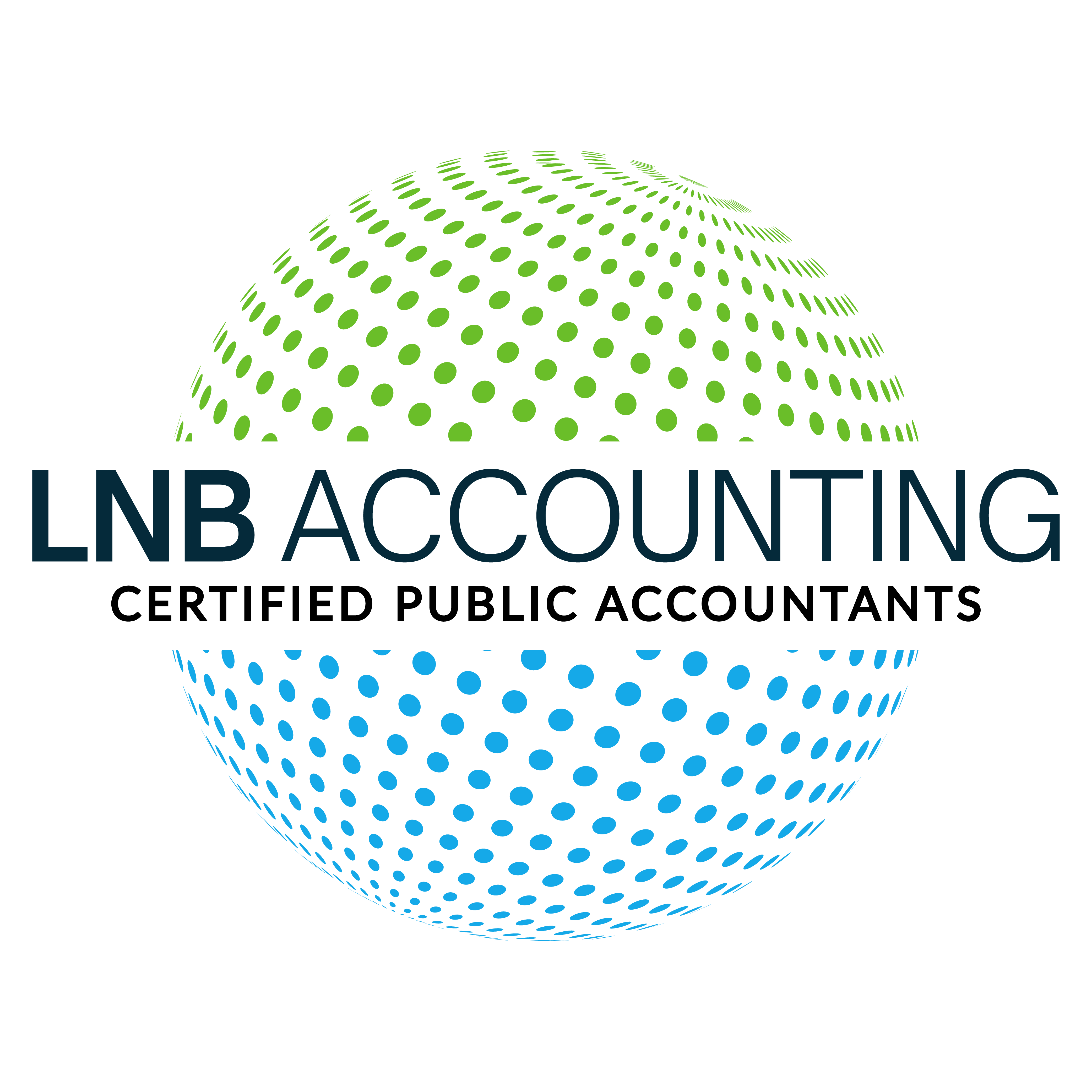
Your company’s 401(k) plan has grown! More employees are participating, retirement balances are increasing, and everything seems to be running smoothly. Then your plan administrator calls with news that might catch you off guard: your business now needs a 401(k) audit.
If you’re feeling overwhelmed, you’re not alone. Understanding what is a 401(k) audit and why it’s required can help ease those concerns. Many business owners learn about 401(k) audit requirements for the first time when they’re already required to complete one. This comprehensive guide will walk you through everything you need to know about 401(k) audits, from basic requirements to preparation strategies that can save you time and money.
What Is A 401(k) Audit?
A 401(k) audit is an independent examination of your company’s retirement plan by a certified public accountant to ensure compliance with federal regulations and protect participant assets. Think of it as a financial health check for your retirement plan, one that’s legally required for larger plans.
Purpose and Regulatory Context
The primary purpose of a 401(k) audit is threefold:
- Compliance verification: Ensuring your plan operates according to ERISA (Employee Retirement Income Security Act), Department of Labor, and IRS regulations
- Financial accuracy: Confirming that plan financial statements accurately reflect participant balances and plan operations
- Participant protection: Safeguarding employee retirement savings through independent oversight
To fully grasp what is a 401(k) audit, you need to understand what auditors actually examine.
Key Components Reviewed
During a 401(k) audit, independent auditors examine several critical areas:
- Plan documents and amendments: Reviewing the plan’s governing documents to make sure operations align with written provisions
- Form 5500 accuracy: Verifying the annual report filed with the Department of Labor contains correct information
- Financial statements: Examining investment gains/losses, administrative expenses, and participant transactions
- Contribution timing: Confirming employee deferrals were deposited within required timeframes
- Distribution compliance: Reviewing withdrawals, loans, and rollovers for proper authorization and documentation
Why audits matter: Beyond regulatory compliance, audits protect your business from potential legal issues and give employees confidence that their retirement savings are properly managed. Plan sponsors and administrators must maintain an inviolable sense of fiduciary responsibility to preserve the long-term financial well-being of plan participants.
When Does Your Business Need A 401(k) Audit?
The audit requirement depends on your participant count, but recent changes may have eliminated your obligation entirely. Knowing what is a 401(k) audit requirement helps you determine if you’re affected.
H3: The 100-Participant Threshold
Generally, a plan audit is required when an existing plan has 100 or more participants with a balance on the first day of the plan year. However, recent regulatory changes have simplified this calculation significantly.
Important 2023 Rule Changes
Starting with plan years beginning January 1, 2023, the Department of Labor updated how businesses count participants for audit purposes. Previously, if a retirement plan had 100 or more eligible participants as of the first day of the plan year, it triggered an audit requirement, even if some participants had no account balance. Starting in 2023, only participants with an actual account balance are counted.
This change means:
- Previous method: All eligible employees counted toward the threshold (including those who never enrolled or had zero balances)
- New method: Only participants with account balances count toward the 100-participant audit requirement
- Impact: According to the DOL, around 19,500 large plans will no longer require a yearly audit due to this participant-count methodology change
The 80-120 Participant Rule
There’s additional flexibility for businesses with participant counts near the threshold. DOL regulations include a special “80-to-120 participant rule,” which states that if the number of participants with a balance at the beginning of the year is between 80 and 120, and a Form 5500 was filed for the prior plan year, the plan may file a 5500 in the same category (small or large plan) as the year before.
Example scenarios:
- Growing company: If you had 95 participants last year (filed as small plan) and now have 115 participants, you can continue filing as a small plan and avoid the audit requirement
- Shrinking company: If you required an audit last year with 130 participants but now have 110 participants, you must still file with an audit until your count drops below 100
Consequences of Non-Compliance
Failing to complete required 401(k) audits can result in serious penalties:
- DOL penalties: Up to $2,259 per day for late Form 5500 filings
- IRS penalties: Additional penalties for incomplete or inaccurate filings
- Plan disqualification risk: In extreme cases, failure to comply could jeopardize your plan’s tax-qualified status
- Fiduciary liability: Plan sponsors may face personal liability for failing to meet their oversight responsibilities
Understanding these requirements helps you plan ahead and avoid costly mistakes that could impact both your business and your employees’ retirement security.
What Does A 401(k) Audit Involve?
Understanding the audit process helps you prepare effectively and work smoothly with your CPA team. But what is a 401(k) audit process actually like from start to finish?
Step-by-Step Audit Process
The 401(k) audit process usually follows a structured timeline that begins months before your Form 5500 filing deadline:
Initial Planning Phase:
- Auditor selection: As the plan sponsor, you’re responsible for hiring an independent CPA firm with employee benefit plan audit experience
- Engagement planning: Your auditor will schedule the audit timeline and request initial documentation
- Scope determination: Deciding between a full-scope or limited-scope audit based on your plan’s investment structure
Preparation and Documentation Phase:
- Document gathering: Collecting plan documents, financial records, and participant data
- Internal controls review: Documenting your plan’s administrative procedures and safeguards
- Preliminary testing: Auditors may begin reviewing certain areas before the main fieldwork begins
Required Documentation
Your auditor will request extensive documentation, including:
- Plan governance documents: Adoption agreements, summary plan descriptions, and IRS determination letters
- Financial records: Trust statements, investment account reconciliations, and fee disclosures
- Participant data: Census information, payroll records, and contribution tracking reports
- Administrative records: Meeting minutes, internal policies, and compliance monitoring documentation
Pro tip: Organizations using modern accounting software like QuickBooks or Sage often find the documentation process more streamlined, as these systems can generate many required reports automatically.
Examination Areas
During the audit, your CPA will examine several critical areas:
Contribution Testing:
- Verifying employee deferrals were deposited within required timeframes (generally within 15 business days)
- Reviewing employer matching contributions for accuracy and timing
- Testing contribution limits compliance for highly compensated employees
Distribution Review:
- Examining withdrawal requests for proper authorization and documentation
- Reviewing loan transactions for compliance with plan terms and federal limits
- Confirming rollover transactions were processed correctly
Participant Transaction Testing:
- Spot-checking individual participant accounts for accuracy
- Reviewing new enrollments and beneficiary designations
- Examining hardship withdrawals for proper qualification and documentation
Timeline and Duration Factors
The Form 5500, which requires the independent auditors’ report to be attached, must be filed by the last day of the seventh month after the plan year-end (with an option to extend the deadline for an additional two and a half months).
Typical audit timeline:
- Planning phase: 30-60 days before fieldwork begins
- Fieldwork period: 2-4 weeks depending on plan complexity and documentation readiness
- Report finalization: 1-2 weeks for draft review and final report preparation
- Filing deadline: July 31 for calendar-year plans (October 15 with extension)
Several factors influence audit duration:
- Plan size and complexity: Larger plans with multiple investment options usually require more time
- Documentation organization: Well-organized records significantly reduce audit time and costs
- Prior audit history: First-time audits generally take longer than recurring engagements
- Internal cooperation: Prompt responses to auditor requests keep the process moving efficiently
Understanding this process helps you prepare adequately and work effectively with your audit team to meet all deadlines while maintaining your fiduciary responsibilities.

How To Prepare Your Business For A 401(k) Audit
Good preparation saves time, reduces costs, and prevents last-minute scrambling when audit season arrives. But what is a 401(k) audit preparation checklist that actually works?
Document Organization and Record-Keeping
Proper preparation is the foundation of a successful 401(k) audit. Start by creating a comprehensive filing system that tracks all plan-related documents throughout the year, not just when an audit approaches.
Essential documentation to maintain:
- Plan documents: Keep current copies of your plan document, summary plan description, and all amendments in easily accessible formats
- Financial records: Maintain monthly trust statements, investment performance reports, and detailed fee disclosures
- Participant records: Track enrollment forms, beneficiary designations, and any distribution requests with supporting documentation
- Administrative records: Document committee meetings, investment reviews, and any corrective actions taken during the plan year
Tracking Contributions and Compliance
Establish systematic processes for monitoring contribution timing and accuracy:
Employee contribution tracking:
- Monitor payroll deduction timing to make sure deposits occur within the required 15-business-day window
- Document any delays and corrective actions taken
- Maintain detailed records of contribution calculations, especially for highly compensated employees subject to special testing
Employer contribution verification:
- Track matching contribution calculations and timing
- Document profit-sharing or other discretionary contribution decisions
- Ensure all contributions are properly allocated to participant accounts
Setting Up Internal Calendars and Deadlines
Create a year-round compliance calendar that includes:
- Monthly deadlines: Contribution deposit dates, statement reconciliations, and investment monitoring
- Quarterly milestones: Committee meetings, performance reviews, and compliance testing
- Annual requirements: Form 5500 preparation, audit planning, and participant communication deadlines
Early CPA engagement benefits: Connecting with your audit and assurance team early in the year allows for better planning and can identify potential issues before they become costly problems.
Technology Solutions for Efficient Record-Keeping
Modern accounting software can streamline many aspects of 401(k) plan administration:
Advantages of integrated systems:
- Automated report generation reduces manual errors and preparation time
- Real-time tracking helps identify compliance issues immediately
- Digital document storage improves organization and accessibility during audits
- Integration with payroll systems maintains contribution accuracy
Many businesses find that investing in proper technology infrastructure pays for itself through reduced audit preparation time and improved ongoing compliance monitoring.
Common Challenges And How To Avoid Them
Learn from the most frequent audit problems and implement solutions before they cost you time and money.
Disorganized Records and Documentation Issues
Poor record-keeping is the leading cause of delayed audits and additional costs. 401(k) plan audits can cost $7,500 or more. In addition to the financial cost, employers must devote time and effort in working with the auditor to ensure accurate information is provided and the audit is timely completed.
Common documentation problems:
- Missing or incomplete participant files
- Unclear contribution timing records
- Scattered investment statements and fee disclosures
- Inadequate internal control documentation
Prevention strategies:
- Implement digital filing systems with clear naming conventions
- Conduct quarterly documentation reviews to identify gaps
- Train multiple staff members on record-keeping procedures
- Create backup systems for critical documents
Contribution Timing and Eligibility Errors
Contribution-related issues frequently surface during audits and can result in significant corrections:
Timing violations:
- Employee deferrals deposited beyond the required timeframe
- Late employer matching contributions
- Incorrect calculation of deposit deadlines
Eligibility mistakes:
- Including ineligible employees in the plan
- Excluding eligible employees from participation
- Misapplying waiting periods or hours-of-service requirements
Best practices for prevention:
- Automate contribution processing where possible
- Regularly review eligibility determinations
- Document all timing calculations and deposit confirmations
- Conduct periodic self-audits of contribution procedures
Fee Transparency and Disclosure Challenges
Fidelity bonds held by plan administrators have been experiencing increased examination to safeguard plan assets against fraud and mismanagement. Fee transparency has become a critical focus area for auditors and regulators.
Common fee-related issues:
- Inadequate disclosure of investment management fees
- Unclear documentation of administrative expenses
- Missing or incomplete fee benchmarking studies
- Poor communication of fee changes to participants
The Role Of Fiduciary Responsibility In 401(k) Audits
As a plan sponsor, you have legal obligations that audits help you fulfill and protect against liability.
Understanding ERISA Fiduciary Duties
As a 401(k) plan sponsor, you assume significant fiduciary responsibilities under ERISA. These duties extend beyond basic administration to encompass prudent decision-making and participant advocacy.
Core fiduciary obligations:
- Duty of loyalty: Acting solely in the interest of plan participants and beneficiaries
- Duty of prudence: Making decisions with the care of a prudent expert
- Duty to diversify: Offering investment options that allow for appropriate portfolio diversification
- Duty to follow plan documents: Operating the plan according to its written terms
How Audits Support Fiduciary Compliance
Regular 401(k) audits serve as an essential tool for meeting your fiduciary obligations:
- Compliance verification: Audits confirm that plan operations align with documented procedures and regulatory requirements
- Risk identification: Independent review helps identify potential issues before they become significant problems
- Documentation improvement: The audit process often reveals areas where better documentation could strengthen your fiduciary position
- Participant protection: Regular audits demonstrate your commitment to safeguarding participant assets
Fee Monitoring and Disclosure Requirements
Fiduciary responsibilities include making sure the plan operates in accordance with the plan agreements, making sure plan expenses are reasonable, and holding regular meetings which cover topics such as investment performance.
Key fee oversight responsibilities:
- Regularly benchmarking plan fees against comparable alternatives
- Ensuring all fees are reasonable in relation to services provided
- Providing clear, comprehensive fee disclosures to participants
- Documenting the decision-making process for fee-related choices
How LNB Accounting supports fiduciaries: Our experienced team helps plan sponsors understand their obligations and implement best practices for ongoing compliance. We provide guidance on fee benchmarking, documentation requirements, and regulatory updates that affect your fiduciary responsibilities.
Why Choose Lnb Accounting For Your 401(k) Audit Needs?
When compliance and your employees’ financial security are at stake, you need experienced professionals who understand your business.
Specialized Expertise and Experience
LNB Accounting brings deep expertise in employee benefit plan audits, with certified public accountants who understand the complexities of 401(k) plan compliance. Our team stays current with evolving regulations and audit standards to provide you with accurate, efficient service.
Our qualifications include:
- CPA certification with specialized training in employee benefit plan audits
- Extensive experience with ERISA, DOL, and IRS requirements
- Regular continuing education on retirement plan regulations
- Proven track record with small to mid-sized business clients
Personalized Service for Growing Businesses
We understand that small to mid-sized businesses need more than just compliance—you need a trusted advisor who understands your unique challenges and growth objectives.
What sets us apart:
- Local Bay Area presence with deep community connections
- Tailored approach designed specifically for businesses with 1-10 employees
- Streamlined processes that minimize disruption to your daily operations
- Proactive communication throughout the audit process
Questions about hiring the right auditor? Check out our resource on ‘Top Questions To Ask When Hiring 401(k) Auditors’ for detailed guidance on selecting the best audit partner for your business.
Ready to get started? Contact us today to schedule a discovery call and learn how our audit and assurance services can support your 401(k) plan compliance needs. Our team is ready to help you maintain the highest standards of fiduciary responsibility while protecting your employees’ financial futures.
Taking proactive steps now, whether organizing your documentation, reviewing your participant counts, or engaging with qualified audit professionals, positions your business for success and demonstrates your commitment to excellence in employee benefits administration.
FAQs
What triggers a 401(k) audit?
Plans with 100 or more participants with account balances on the first day of the plan year require an annual audit. Starting in 2023, only participants with actual balances count toward this threshold.
Can a small business avoid a 401(k) audit?
Yes, if you have fewer than 100 participants with account balances. The 80-120 participant rule also provides flexibility for plans near the threshold.
What happens if my plan fails the audit?
Most findings require documentation improvements or minor corrections. Your auditor will help develop remediation plans for any compliance issues identified.
What is a 401(k) audit vs. other types of audits?
A 401k audit specifically focuses on retirement plan compliance with ERISA, DOL, and IRS regulations, while corporate audits examine overall financial statements. 401k audits require specialized expertise in employee benefit plans and have unique reporting requirements.
Do I need an audit every year?
Yes, if you meet the 100-participant threshold. Plans that drop below 100 participants can file as small plans without audit requirements.
What’s the difference between full-scope and limited-scope audits?
Full-scope audits examine all plan assets, while limited-scope audits rely on certified investment information. Most plans now require full-scope audits under current standards.




